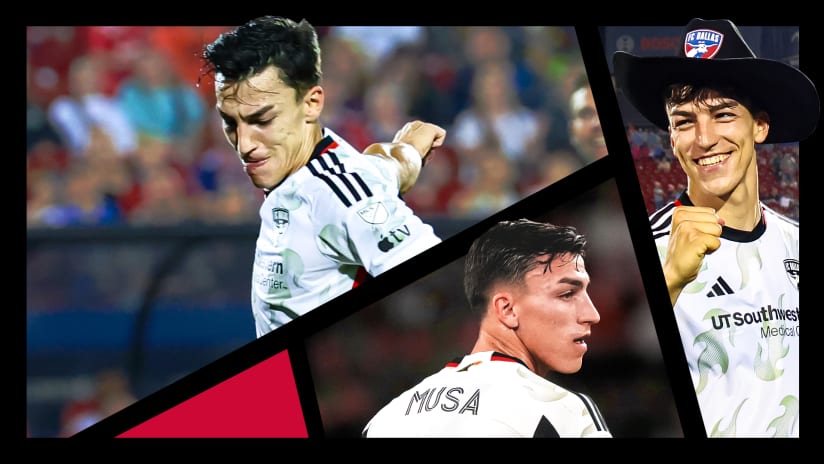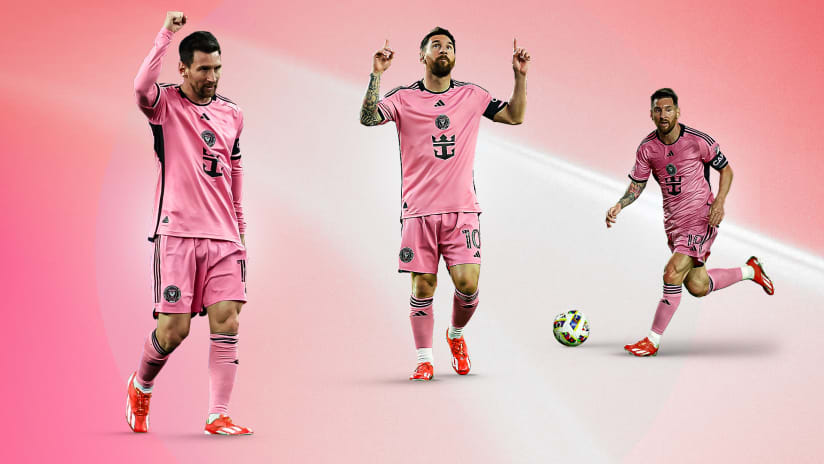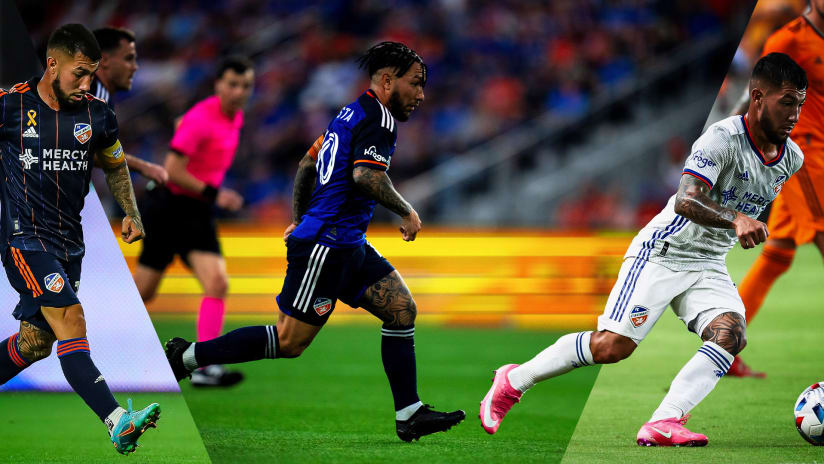It's summer at last! Warmer weather is upon us , signaling kids of all ages to grab their sports gear and head to the great outdoors. For many parents, summer is the start of hectic schedules, chauffeuring kids to school, clubs, travel team practices as well as camps. Mom and Dads, here are a few safety tips to keep your kids safe while participating in sports:
- Get a physical examination: First and foremost, it is important to get your son/daughter checked out by an MD. This pre-participation physical can help identify potential medical problems, muscle imbalances, and strength deficiencies.
- Identify medical conditions: Parents, it is your responsibility to inform the coaching staff of any medical conditions your athlete may have (e.g. asthma, diabetes, allergies) as well as any medications that your son/daughter may be taking.
- Know the coaching staff: Are any of the coaches trained in CPR/First Aid? Does the coach have emergency contact numbers or copy of insurance cards? Is there a medical kit available on the sidelines or in the dugout? With the rise of traveling teams, not all parents can attend games, so make sure you know who is supervising your child and how the coaching staff can reach you in case of an emergency. If you are able to travel, know where the nearest medical facility or hospital is located. Don't assume that tournaments or camps will have the proper medical staff onsite. Many places do not. Find out in advance.
- Provide proper equipment: It is imperative that your child have the right equipment, properly fitted and meeting safety guidelines. If the equipment is too tight or too loose, it may not be effective in preventing injury. This is especially critical with football, baseball, hockey, and lacrosse helmets and shoulder pads. Also, make sure you inspect the equipment during the season for defects or cracks.
- Anticipate weather conditions: Make sure your son/daughter is prepared for the elements. If participating in hot conditions, make sure they wear light, loose fitting clothing and are properly hydrated at all times. Is there adequate shade nearby in case of heat illness? Again, if activities are held at an unfamiliar site, you need to find out if water or sports drinks will be available. If participating in cold weather, make sure your athlete is properly dressed to avoid hypothermia or frost bite. Also, it is important to note that extreme temperatures may adversely affect some medical conditions (e.g. asthma, allergies). Be sure to contact your physician so you may have an understanding of how temperatures may affect not only the medical condition, but also how the medications may interact with the body if the body temperature rises or drops.
Injuries and accidents will happen and being prepared for these mishaps is critical. Hopefully, this information will help you keep your athlete safe while participating in sports. For further information on safety in sports, you can log onto the American Academy of Orthopedic Surgeons at http://orthoinfo.aaos.org and then click on injury prevention.
Lynn Bigelow, ATC
EXERCISE ASSOCIATED MUSCLE CRAMPS
Bo Leonard, ATC, MS - Assistant Athletic Trainer - Chicago Fire
Exercise Associated Muscle Cramps (EAMC) are defined as spasmodic involuntary contraction of skeletal muscle that occurs during or immediately after muscular exercise. These involuntary muscle contractions are commonly experienced by athletes and evaluated by the medical staff tending to these athletes. In order to successfully treat this condition, it is important to understand the etiology of EAMC. Despite the many theories as to why EAMC occur, researchers are still unsure of a direct cause. In this article we will review and discuss a few of the popular theories of the cause of EAMC.
The first theory reviewed is the Serum Electrolyte Theory. This concept states that due to an imbalance of sodium, potassium, calcium, and phosphate, EAMC occur. Improper diet and excess loss of electrolytes through sweating may cause muscle cramps. It is also thought that taking in fluid without enough salt may dilute the blood salt concentration, which in turn aids in the cause of EAMC. It is perceived that consuming electrolytes through pills/sports drinks or adding 1,500 - 2,000 mg more sodium to the usual diet may prevent cramps.
The second theory evaluated is the Dehydration Theory. Depending on training intensity and type, an athlete may lose more than 2 liters of sweat within one hour of training in the heat. Because water is a component of blood, this loss of fluid is thought to decrease the total blood volume. This decrease, in turn, makes the blood become more viscous, not allowing it to properly deliver oxygen where it is needed. By consuming fluid before, during, and after exercise and ultimately consuming more fluid than the amount of fluid lost, one may prevent EAMC episodes.
The final theory discussed is the Neuromuscular Theory. With muscle fatigue comes increased muscle spindle output and reduced Golgi Tendon Organs (GTO) discharge. The increased muscle spindle output boosts motor neuron activity. Usually the GTO discharge is responsible for decreasing motor neuron activity; however, since the GTO discharge has been reduced due to muscle fatigue, the motor neuron activity continues to increase , thus causing EAMC. According to the neuromuscular theory, avoiding fatigue and proper stretching prior to exercise can possibly reduce EAMC.
Skeletal muscle cramps are one of the most common problems experienced by athletes. Especially during track season, it is important to have an understanding of what may be causing EAMC so that treatments are as effective as possible.










